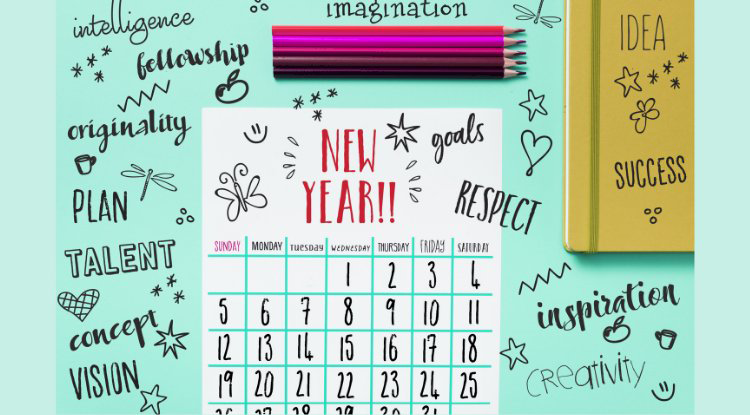Have you been very tired lately?
Do your friends keep telling you that you look a little pale? Or have you felt some weaknesses, some sluggishness? Well, you might just be experiencing a common condition called anemia. And in this week’s Science Lab, we’re here to break it down for you!

Understanding anemia
First off, what exactly is anemia? Well, if your body is a busy factory, then the red blood cells are the workers transporting oxygen to every part. Anemia occurs when you don’t have enough of these oxygen-carrying red blood cells, or they aren’t functioning properly. And just like a factory with not enough workers, things start to slow down and feel a bit off.
During your teenage, you experience rapid growth and increased blood volume, which elevates your need for iron. If this increased demand is not met through diet, it can lead to iron deficiency and subsequently anemia.
And here’s a fact for you. Almost 25 percent of adolescents in India are anemic!
Recognizing the symptoms
So, what are the symptoms of anemia? Have you ever been in the middle of completing a task, but suddenly, you feel like your energy is draining rapidly, like a low battery alert? Anemia makes you feel tired and weak, making it hard to tackle the day.
You might also notice that you look paler than usual or feel dizzy or lightheaded. Additionally, you might find yourself feeling out of breath, especially during exercise.
Headaches or trouble focusing could also be signs. Sometimes, your hands and feet might feel cold, even when it’s warm, and your heart might beat irregularly, or you could feel chest pain.
If you’re feeling any of these symptoms, it’s important to see a doctor to find out if anemia could be causing them.
Exploring the causes
Now, let’s talk about the causes of anemia. One common cause is a lack of iron in your diet. Iron is essential for your body to make those crucial red blood cells. So, if you’re not getting enough iron from foods like spinach, beans, and lean meats, your body might start to fall behind on its red blood cell production. But don’t worry, making simple changes to your diet can help you get back on track!
Another cause of anemia is not getting enough vitamin B12 or folate. These vitamins are like the building blocks for red blood cells, so it’s crucial to make sure you’re getting them in your diet. Luckily, you can find vitamin B12 in foods like eggs and dairy products, while folate is abundant in leafy greens, citrus fruits, and beans. So, load up on those nutrients, and your body will thank you!
What can I do to prevent anemia?
Now, let’s talk about precautions. Prevention is key when it comes to anemia, so here are a few tips to keep your red blood cells happy and healthy:
- Eat a balanced diet rich in iron, vitamin B12, and folate.
- Stay hydrated by drinking plenty of water throughout the day.
- Get regular exercise to keep your blood flowing and your body energized.
- If you’re vegetarian or vegan, consider talking to your doctor about taking supplements to ensure you’re getting all the nutrients you need.
Iron-rich diet ideas
Vegetarian Sources:
- Legumes and Lentils: Whether it’s masoor, moong, urad, or toor, these lentils are like the Avengers of nutrients. Cooking these lentils with tomatoes or consuming them with vitamin C-rich foods can enhance iron absorption.
- Leafy green veggies: Spinach (aka Palak), methi, and sarson are the green gangs your mom’s been right about. Cook ’em, curry ’em, and watch your iron levels soar faster than your WiFi speed.
- Nuts and seeds: Snack on almonds, sprinkle some sesame seeds, or make a pact with sunflower and flaxseeds. They’re the crunchy sidekicks helping you fight off anemia, one munch at a time.
- Whole grains: Ragi and bajra are the old-school rockstars making a comeback. Whip up some ragi pancakes or bajra rotis, and flex those iron levels to your mates.
- Dry fruits: Raisins, apricots, and prunes are the OGs of snack time. They’re like natural candy, but with a secret iron punch.
- Spices and condiments: Every sprinkle of cumin, turmeric, or tamarind is like adding a cheat code for iron into your meals. Flavorful and sneaky!
Non-Vegetarian Sources:
- Red meat: Lamb and goat meat are rich in heme iron, which is more easily absorbed by the body compared to non-heme iron found in plant sources.
- Poultry and fish: Chicken, turkey, and fish, particularly salmon and tuna, provide good amounts of iron.
- Eggs: Eggs, especially the yolks, are a good source of iron and protein.
Tips for Enhancing Iron Absorption:
- Team up with vitamin C: Iron absorption goes Super Saiyan when you pair it with vitamin C. Think citrus fruits, bell peppers, or a splash of lemon on your greens.
- Beware of the blockers: Tea, coffee, and calcium-rich foods can be like the villains of iron absorption. Keep ’em apart from your iron-rich meals to keep the peace.
Anemia might sound like a daunting word, but with a bit of knowledge and some simple lifestyle changes, you can keep those red blood cells pumping and feel your best every day. So, here’s to a happy, healthy, and energized you!
Do you have any questions for Science Lab? Post them in the comments box below. We will respond to them in our upcoming articles. Please don’t put any personal information .


